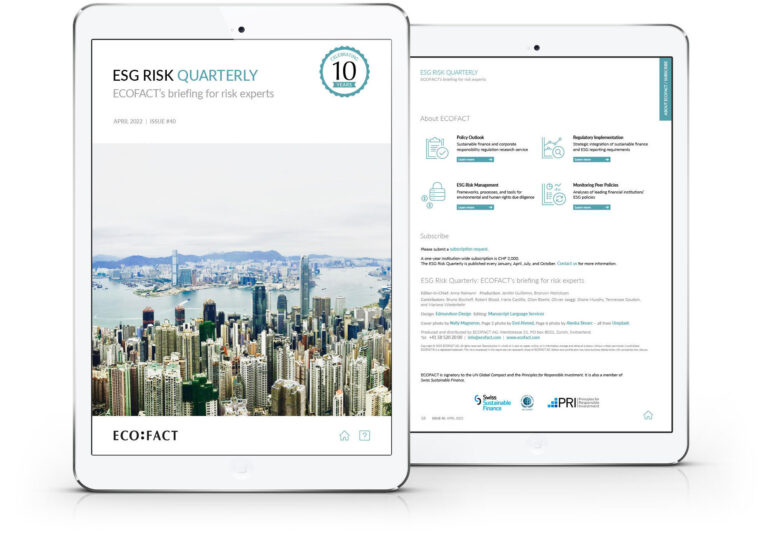Smoking Heads[1]
When we helped an institutional investor to establish normative guidance for their engagement strategy, they did not wish to include tobacco companies, stating that “the sale and consumption of tobacco are not prohibited.”
Tobacco has now become a more complex issue. The latest WHO data[2] indicates that tobacco kills more than 8 million people every year, of whom one million are non-smokers. More than half of tobacco users eventually die of tobacco-related diseases. According to the WHO, “the tobacco epidemic is one of the biggest public health threats the world has ever faced.” Tobacco bears significant social and economic implications, particularly in low- and middle-income countries, where 80% of smokers live: “Tobacco users who die prematurely deprive their families of income, raise the cost of healthcare and hinder economic development.”
In the financial market, the Tobacco-Free Finance Pledge[3] launched at the UN in New York in 2018 has already been signed by more than 100 financial institutions. A key message of the Tobacco Free Portfolio campaign is that the tobacco industry is a risky investment:
- According to the WHO Framework Convention on Tobacco Control (2005, [4]), countries continue to strengthen tobacco control.[5] This also applies to low- and middle-income nations – which may threaten the revenue and growth models of tobacco companies.
- Questions have been raised about the seriousness of the tobacco industry’s efforts to address tobacco-related problems. While tobacco industry players emphasize on websites in OECD countries that they market their products to adult smokers only, their product marketing in emerging markets seems less restrained.[6]
- Others claim that tobacco companies have already deployed greenwashing strategies to address ESG issues such as child labor. The Eliminating Child Labour in Tobacco Growing (ECLT) Foundation,[7] which is financed by many of the larger tobacco firms, is highly professional and does a lot of good. However, it is severely underfunded[8] and lacks the concrete goals required to work earnestly toward the elimination of child labor in the tobacco supply chain.
- There is also a conflict between the assumption that consumers make free choices and the fact that tobacco products contain substances that are highly addictive, particularly for young brains.
- This is particularly pertinent when we consider electronic nicotine delivery systems. Researchers from Stanford University[9] recently published a paper in which they observe that the very high nicotine levels in the products of market innovator JUUL, which is now partly owned by Altria, have also provoked competitors into increasing the concentration of nicotine in their products. Stanford’s researchers believe that the rapidly rising popularity of high-nicotine products may drag an entire generation into addiction. According to the US’s Food & Drug Administration,[10] vaping among middle- and high-school students increased alarmingly in 2018. The FDA observes a “sharp and startling reversal of overall declines in youth tobacco use” compared to previous years.
These observations make tobacco an interesting case when it comes to discussing the value of ESG ratings. In the words of Citi’s analyst Christopher Chapman[11], “companies facing more acute ethical or sustainability issues tend to be better versed in disclosing against them.” In his view, this distorts the relationship between ESG ratings and actual ESG performance. Any attempt to justify these ESG ratings will make your head smoke.
 All posts
All posts Contact
Contact



